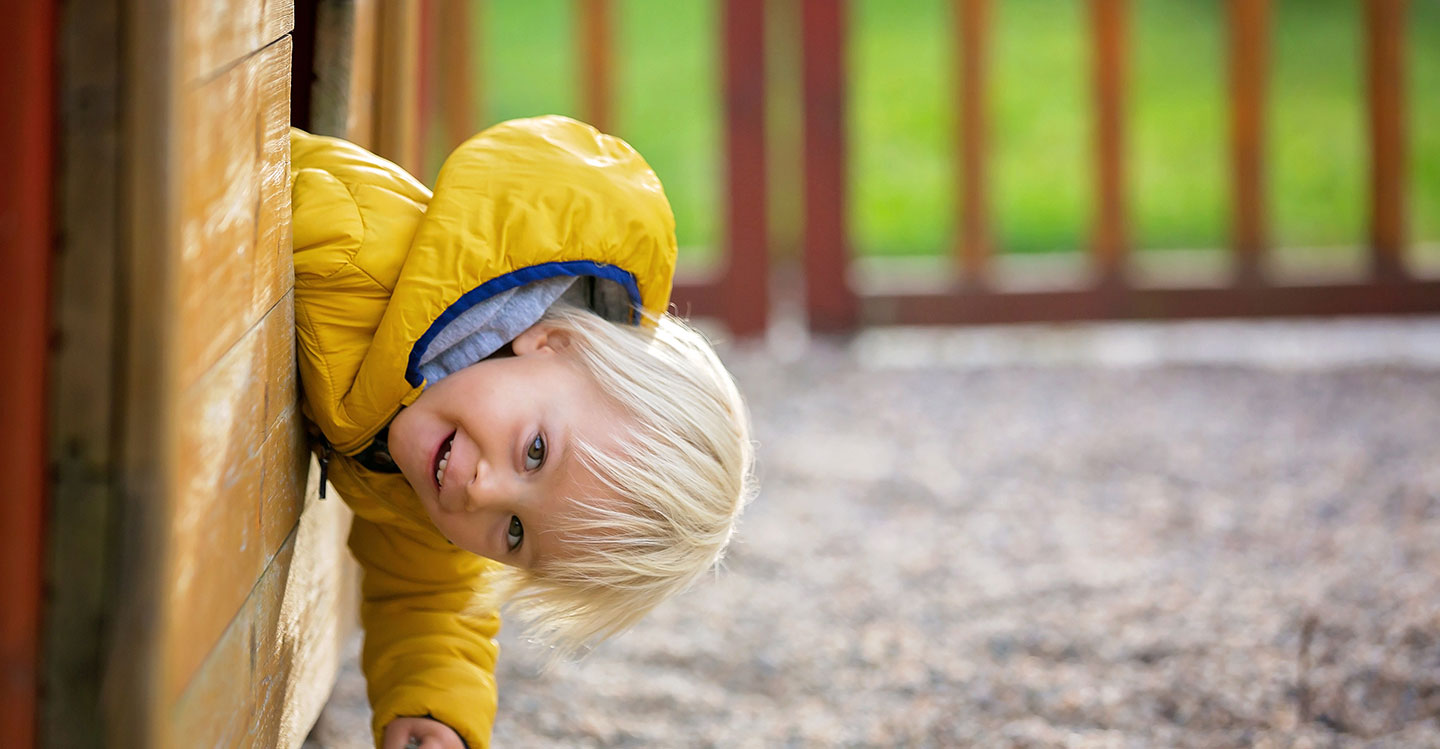The great outdoors
Energetic outdoor play is good for children’s health, fitness and physical development. Being outside encourages children to explore and understand their environment and provides endless opportunities for learning how the world works.
Some of the health and development benefits promoted by outdoor play include:
- healthy weight maintenance
- independent learning
- imagination and creativity
- challenge negotiation and problem solving
- discovering boundaries and navigating risks.
Children also benefit socially when they play with siblings and friends, providing them the opportunity for turn-taking, cooperation and helping others.
Make use of local facilities
Most councils in Australia maintain a variety of playgrounds, parks and ovals. These spaces can be a low-cost and easy option for providing outdoors play for your child, which is especially helpful if you don’t have a backyard.
If your local playground is in walking distance, try walking there together to show your child that you value and enjoy outdoor activity too. Even younger children will love to get out of the stroller and walk some of the way.
The equipment at your local playground is likely to cater for a range of ages, so you need to make sure that your child sticks to those that suit their age and abilities. Many councils provide at least one playground that caters to children of all abilities.
Safety checks
- Do a few quick safety checks of the playground equipment. To soften the impact of a fall, the base surface should be mulch or sand, or possibly soft rubber flooring.
- If the sun’s out, check the temperature of any metal slides, poles or surfaces; these can become hot enough to cause burns.
- Ensure that the play area is clear of any potentially hazardous rubbish or debris.
- Contact your local council if any of the equipment needs repair or maintenance, if the play surfaces seem worn or deteriorated, or if there is rubbish or other dangerous materials in the area.
Supervision is essential
Children at playgrounds must be supervised at all times. Adult supervision reduces the chance of injuries by ensuring children use the equipment properly and don't engage in unsafe behaviour around. Even older kids need supervision as they will often want to test their limits – while children should explore boundaries, sometimes they need an adult to keep them in check.
Playground injuries
Unfortunately, even with the safest equipment and most vigilant parents, accidents do happen. While most playground injuries like scratches or bruises are minor, there is also a risk of more serious injuries such as fractures and dislocations. These are usually caused by falls from equipment like climbing frames, monkey bars and slides. Pre-schoolers and younger school-aged children are the ones most likely to hurt themselves, as they’re still developing their physical coordination, strength and judgment.
Teaching your child about safety
The many benefits of outdoor play far outweigh the risk of injury, and children quickly learn the limit of their capabilities. However, kids still need to learn early how to be safe and play responsibly. Teach your children that:
- equipment must be used properly e.g. no standing on swings
- when jumping off something, they need to make sure no one else is in the landing area
- the safest way to land is on both feet with knees slightly bent
- they must be aware of other children, especially around swings or other moving pieces of equipment
- they are never to push other children or be rough with them on playground equipment.



